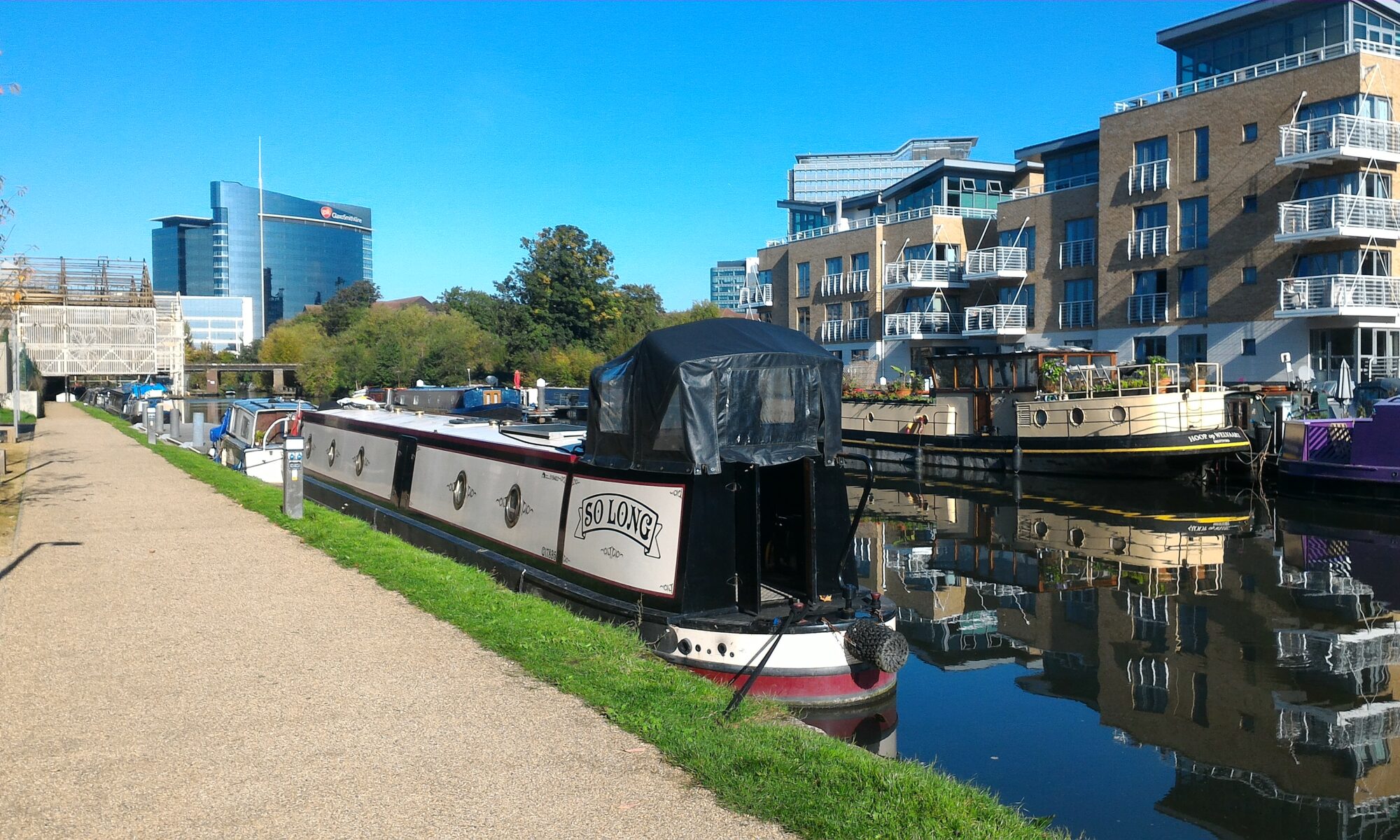As most of you know, the universe tends to silently rearrange itself in my favour. For example, I walked into a hostel in Paraty today without having booked. I was told it was full, but then the spheres turned and suddenly someone remembered that they’d had a no-show that morning and there was bed for me.
But on rare occasions I’m clearly not completely in sync with the world at large. Picture the scene: Carnaval weekend in Rio. I need to work for a client all day in a quiet environment on the Monday so that I can have a conference call, keeping UK hours (so that’s a 0600 start for a 0900 start in the UK). My rationale was this – the major hotels in Copacabana will have empty business suites, because everyone staying will be there for the Carnaval and will have no interest in working at all. For a couple of hundred Reais I can have the place to myself.
It was not to be.
Do not underestimate the rigidity of hotel booking and payment systems, the inability of a hotel manager to cut a deal, the absurdity of simple requests being misinterpreted, the maddening inconsistency of hotel staff training.
On Sunday evening I walked the length of the Copacabana front. I was reasonably smartly-dressed: cream trousers and a shirt. I was there in part to enjoy the blocos – street parties which usually follow a noisy truck piled with speakers and singers. I still take a delightful, voyeuristic joy in being the only sober person at a party, and blocos are great for people-watching and dancing, neither of which depends on drunkenness (but try telling the locals on the ultimate party weekend of the year). But I had a duality of purpose – I visited every hotel and asked a simple question – could I turn up quite early tomorrow morning and take an office for six hours, and, if so, what would I be charged?
The pricing ranged from convoluted to something I’d call gouging. I was offered, variously
– A high price for an office, not including wifi charged by the minute.
– A price for everything for the day, which was simply exorbitant, as it included a 10% charge and a 5% charge for various “services” which we all agreed that I wouldn’t need.
– A price per hour which was pretty high (110 Reais/hour) not including a fixed charge for the wifi
– A showing of the room (which I approved) and the promise of a call-back which never came
– Being told that without a room number they could do nothing for me – I had to be a resident of the hotel
– Being told that, when someone left the fully-booked hotel that I could have their room number
– Told that I could use any public area of the hotel, even the restaurant and pay for the wifi by the minute.
– nothing – in the case of the Palace, the meeting rooms were used for the Masquerade ball and were still full of junk. One hotel had even “run out of key cards” so couldn’t give me access to the suite. Another relied on a 3rd party company to run the business suite and they had all gone home.
What was clear to me is that all of these office suites and meeting rooms would have been empty over Carnaval, but that there is no flexibility in Brazilian hospitality culture. Why couldn’t they just run my card through, take, say 200, 300 or 400 Reais, give me all-inclusive internet and make a note for the accounts? But I got one offer I couldn’t refuse – The Windsor Plaza understood my needs. At 2200 I struck the deal. As a non-resident, for 25 Centavos per minute I could use the internet, and I could find any quiet place in the whole hotel. They said I could have a table in the restaurant for the day. I was delighted. Considering that I’d been quoted prices in the region of 900 Reais, £50 on wifi seemed like a bargain, and the plus-point of it being so expensive would be that few residents would pay the extra, keeping more precious bandwidth for me. I promised to return in the morning. They promised to welcome me with open arms.
So, at 0545 I rose, got online and started the meeting although no one wanted to brief me at that point. At 0800 I had breakfast and left for the short, hot, wet walk to the Plaza. When I got there, a different guy refused me completely. No, I had been given wrong information. The internet was only for the use of residents. No, they didn’t want my money. No, they couldn’t bill such things without having a room number to put it against. So I walked back to my very quiet hostel and used the free wifi there.
What I’ve learned:
– hotels have no interest in business, unless you’re a resident. The attraction of several hundred Reais is lessened when something out-of-the-ordinary is required.
– Keep your phone on you when trying to track down places to work as it is handy to use to scan for wifi. Wireless access points are often named after the establishment – there’s no point in asking somewhere where no internet is available. Another advantage is that you might stumble across a free connection – the whole of Copacabana’s front is supposed to have wifi, but I saw no evidence of it.
